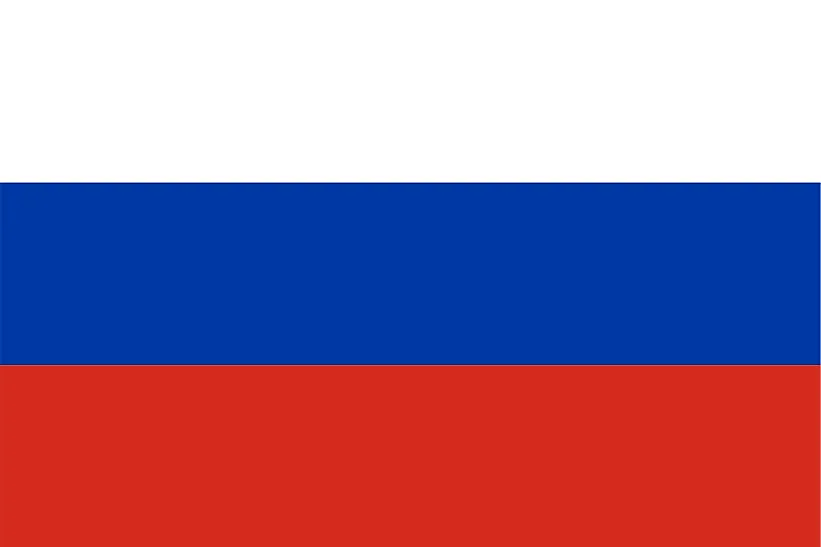
Russia
| Continent | Europe |
| Capital | Moscow |
| Population | 142,355,415 |
| GDP | $3.75 Trillion |
| GDP per Capita | $26,100 |
| Dialing Code | +7 |
| ISO Code (2-letter) | RU |
| ISO Code (3-letter) | RUS |
Russia Landscapes






About Russia
Welcome to Russia, the world’s largest nation. With approximately 144 million people occupying 17,098,246 square kilometers, Russia combines remarkable geographical diversity with rich cultural heritage, spanning eleven time zones and two continents.
Geographic Features and Natural Beauty
Russia’s geography encompasses extraordinary diversity, from Arctic tundra to subtropical beaches. The country features the world’s deepest lake (Baikal), Europe’s highest mountain (Elbrus), and vast stretches of taiga forest.
The landscape includes the Ural Mountains dividing Europe and Asia, the Siberian wilderness, and the volcanic Kamchatka Peninsula. The country’s varied topography creates multiple climate zones supporting diverse ecosystems.
Protected areas include numerous national parks and nature reserves (zapovedniks) protecting unique species and landscapes. The country’s commitment to environmental protection focuses on preserving its vast natural resources.
Cultural Heritage and Traditions
Russian culture represents a rich tapestry of influences from Europe and Asia. The country’s heritage includes distinctive architecture, from colorful onion domes to grand palaces, and a profound literary tradition.
Traditional arts include ballet, classical music, and distinctive crafts like Matryoshka dolls and Palekh miniatures. Cultural practices feature traditional festivals, while Russian literature, music, and arts have gained global recognition.
Russian cuisine reflects the country’s size and diversity, featuring dishes like borscht, beef stroganoff, and caviar. The tradition of hospitality and cultural celebrations remains central to social life.
Historical Journey
Russia’s history spans from medieval Kievan Rus through imperial expansion to modern times. The country’s vast territory has influenced its development throughout history.
Significant periods include the Mongol invasion, the rise of Muscovy, the Romanov dynasty, the Soviet era, and post-Soviet transformation. The country’s historical experience has shaped its unique position between East and West.
Modern Economic Landscape
Today’s Russian economy combines vast natural resources with industrial and technological capabilities. The country possesses significant reserves of oil, natural gas, and minerals.
Recent initiatives focus on technological innovation, infrastructure development, and economic diversification. Russia’s educated workforce and resource wealth support its global economic position.
International Relations and Global Position
Russia maintains significant influence in global affairs as a permanent member of the UN Security Council. The country’s military capability and resource wealth extend its global influence.
Did You Know?
• Lake Baikal contains 20% of the world’s unfrozen freshwater?
• The Trans-Siberian Railway is the world’s longest railway line?
• Russia has more time zones than any other country?
• The Moscow Metro is considered one of the world’s most beautiful subway systems?
Conclusion
Russia represents a unique combination of geographical vastness and cultural depth. From its Arctic shores to its southern steppes, from its ancient traditions to its modern achievements, Russia continues to evolve while maintaining its distinctive character. As it addresses challenges including sustainable development and economic modernization, Russia remains committed to its role as a major world power while preserving its rich cultural heritage.